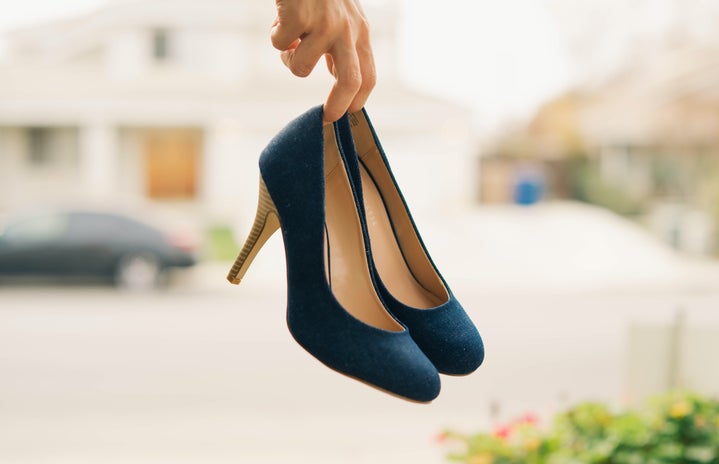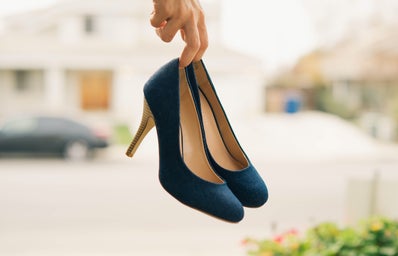I would like to start off with the fact that my fashion sense has been a long time coming.
In middle school I had a dress code where I could only wear collared shirts and shorts that went past my fingertips, no jeans or leggings, and usually ended up in khaki pants or corduroys. But during a time of such teenage angst, myself and others felt the need to express ourselves through our clothing, which you can assume resulted in some interesting experimental wardrobe choices—including double popped collared shirts, excessively droopy earrings, and an arrangement of outlandish shoes, such as converse with fake rainbow zippers on the side—all in the effort to show some personality around a strict dress code.
However, as one can imagine, this fashion sense didn’t transition too well into the dress code free high school world. Even more so, a boarding school with a high emphasize on a preppy style. (My friends still give me crap for wearing cargo pants and a graphic-T on the first day of school instead of Sperry’s and a Lily dress).
So basically, high school was rough in the fashion department. It wasn’t until college when I finally stopped receiving criticism for my fashion choices, and honestly received a good amount of praise—as there was a large enough population where not everyone could conform to one type of style—everyone was socially allowed to look different. It was refreshing.
Now as a senior in college, almost confident in my sense of self and style, I went to College Fashion Week to see how the rest of the country viewed women’s fashion for my fellow collegiate peers. Was the media world just as excepting as my college sphere? Was my sense of style actually fashionable?
Since this was my first fashion show, I assumed that all the outfits would mirror those on the covers of fashion magazine: perhaps gaudy and a bit unrealistic. However, I was surprised to see that there was no pattern within the represented designers. All the outfits ranged from a wide version of styles, from simplistic to complex; from pale to bright. For the first time, marketed “high fashion” seemed to mirror its represented target population: it was diverse.
Like many parts of the modern world, I think the fashion industry is starting to catch onto the feminist concept that not all women are the same (crazy, right?). We women range from a variety of different backgrounds, and thus like and want different things in our lives, and that includes fashion. There is no “trending” outfit that will appeal to every single woman in the world, because every single woman will feel the most comfortable and confident in their own pair of shoes (and that’s not always the same shoe on the cover of Vogue).
So it was after the College Week Fashion Show that I realized that I should never be self-conscious of what I wear. I wear what I want to wear, not what other’s think I should wear—and that is fashion at its highest.

